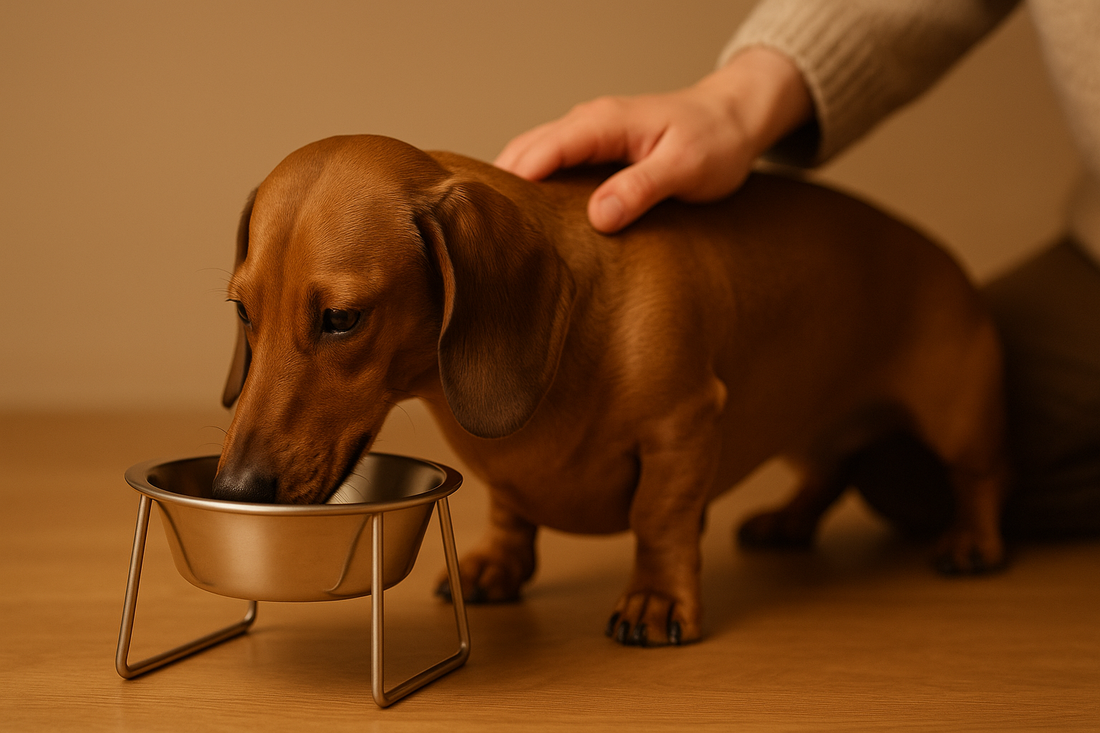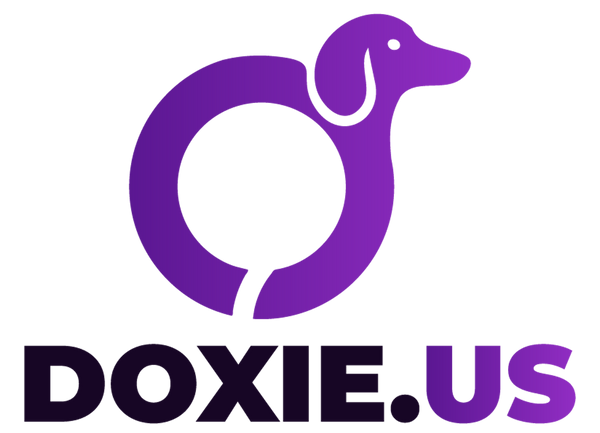
Top 5 Nutritional Tips Every Dachshund Owner Should Know
Compartir
Feeding a long-backed, short-legged pup can feel like walking a nutritional tightrope—you want the very best, but it’s easy to second-guess every kibble choice 🙂. You’re not alone if you’ve wondered whether your Doxie is getting too much, too little, or just the wrong balance.
Dachshunds are spirited little dynamos wrapped in adorable sausage-shaped bodies, driven by curiosity and appetites that can surprise even seasoned owners. Because their unique build predisposes them to weight gain and spinal strain, nutritional tips every Dachshund owner should know aren’t just helpful—they’re essential for keeping your pup active, pain-free, and joyful through all life’s adventures. From choosing the right protein sources to fine-tuning portion sizes, understanding what fuels your Doxie’s boundless energy makes mealtimes more than routine—it becomes an act of love. Let’s dive into seven targeted strategies to nourish your Dachshund’s body and spirit, ensuring they thrive with every tasty bite.
1. Balanced Diet Essentials (Dachshund Diet Tips)
You know how your Dachshund circles the kitchen at dinner time, eyes bright and tail wagging? That excitement shows their love for food—and your chance to fuel them right. A balanced diet blends lean protein, healthy fats, and digestible carbohydrates into every bowl. Look for kibble or recipes where real meat sits at the top of the ingredient list. Avoid fillers like corn or wheat; they bulk up calories without much nutrition and can cause tummy troubles.
Rotate proteins from week to week—say, chicken one day, fish the next—to keep meals fresh and reduce allergy risks. Veggies like sweet potato and green beans add fiber and vitamins. Fats from salmon oil or flaxseed help nourish their coat and joints. Short-haired Dachshunds show off a glossy sheen when you get this right.
When you plate their dinner, you’re doing more than feeding—you’re caring for their long spine and tiny legs. A well-constructed meal supports muscle tone, stabilizes weight, and keeps energy levels steady all day. Notice how they move after a balanced meal—light on their paws, curious about every corner of the yard. That’s the payoff of thoughtful nutrition 🙂.
2. Portion Control Mastery (Weight Management for Dachshunds)
Overfeeding sneaks up on every pet parent. Those “just one more” scoops or extra treats add inches to your Doxie’s waistline—and strain their back. Measure meals precisely with a kitchen scale or dedicated scoop. Follow guidelines on the bag, then tweak based on age, activity, and metabolism. Puppies burn more calories. Seniors need fewer.
Watch for the rib test: you should feel ribs under a light layer of fur, not see them poking out. If your pup looks round, dial back by 5–10% per week and recheck. Track progress in a simple journal or photo log. This habit helps you spot trends before they become hefty health issues.
Daily consistency helps your dog learn mealtime routines. Serve at set times and remove bowls after 20 minutes. This trains them to eat fully when food is offered and avoids grazing that inflates their belly. Controlled portions keep their silhouette slim and their spine safe.
🎁 Pro Tip: Check out our Dachshund Food Water Bowl – ergonomic, non-slip design helps stabilize portions and reduce neck strain.
3. High-Quality Protein Focus (Lean Protein Dachshund Meals)
Protein builds muscle and powers daily adventures. For active Dachshunds, aim for foods with at least 18–22% protein in kibble or homemade meals. Lean cuts like turkey breast, whitefish, or lean beef deliver essential amino acids without excess fat.
When cooking at home, gently steam or bake meats to preserve nutrients. Add a splash of fish oil for omega-3s—these fatty acids ease joint stiffness and calm inflamed disks. Sprinkle a measured amount on top of kibble or mix into their bowl.
Watch your pup’s energy. Do they bounce out of bed? That glow comes from proper protein levels. If they seem sluggish or lose muscle tone, consult your vet about upping protein or adding a high-quality supplement.
4. Smart Treat Swaps (Healthy Dachshund Snacks)
Treats are training rewards and love tokens—but they can sabotage your diet plan. Keep snacks under 10% of daily calories. Swap calorie-dense biscuits for crunchy carrot sticks, juicy apple slices, or tiny freeze-dried liver bits. These options offer fresh textures and natural sweetness without empty calories.
Carry pre-portioned veggie baggies on walks. Your Dachshund will perk up at the scent of carrot crunch. Treat swaps add hydration too—especially handy on hot days.
Use treats to reinforce good habits, not bribe constant attention. Reward sit, stay, or a calm moment instead of handing goodies every time they bark. This builds manners and keeps calories in check.
🎁 Pro Tip: Grab our 5-in-1 Leash – featuring a built-in water bottle and bowl for on-the-go snack and sip breaks.
5. Hydration Habits (Dachshund Water Intake Tips)
Water is life. Dachshunds can be prone to urinary issues and dry skin. Offer fresh water at every meal and refill midday. In summer, toss in a few ice cubes or pour low-sodium chicken broth to entice extra sips.
Place bowls in quiet spots—no one likes sipping next to a noisy washer. Clean bowls daily to ward off bacteria. If your pup seems hesitant, try a water fountain. The gentle flow entices lapping and keeps water cooler.
Monitor intake by tracking how many refills you do each day. A healthy adult Doxie drinks roughly one ounce per pound of body weight daily. If levels drop or spike, talk to your vet—changes can signal underlying issues.
Good hydration cushions joints, flushes toxins, and keeps skin supple. With steady water habits, you’ll see sparkly eyes and a wag-ready attitude every time you call their name!
Conclusion
By applying these nutritional tips every Dachshund owner should know, you empower your Doxie to live life at full tilt—without the extra pounds or tummy troubles that slow them down. Consistent portions, premium proteins, smart snacks, and steady hydration become habits that safeguard their spinal health and zest for play. Stick with these steps, and you’ll see a happier, leaner companion who greets each day with wagging tail and bright eyes.
Related Articles:
Obesity in Dachshunds and How to Overcome It
Socializing Your Dachshund: Tips for Success
Ten Common Health Challenges of Dachshunds
For more expert advice and fun reads, visit our blog
